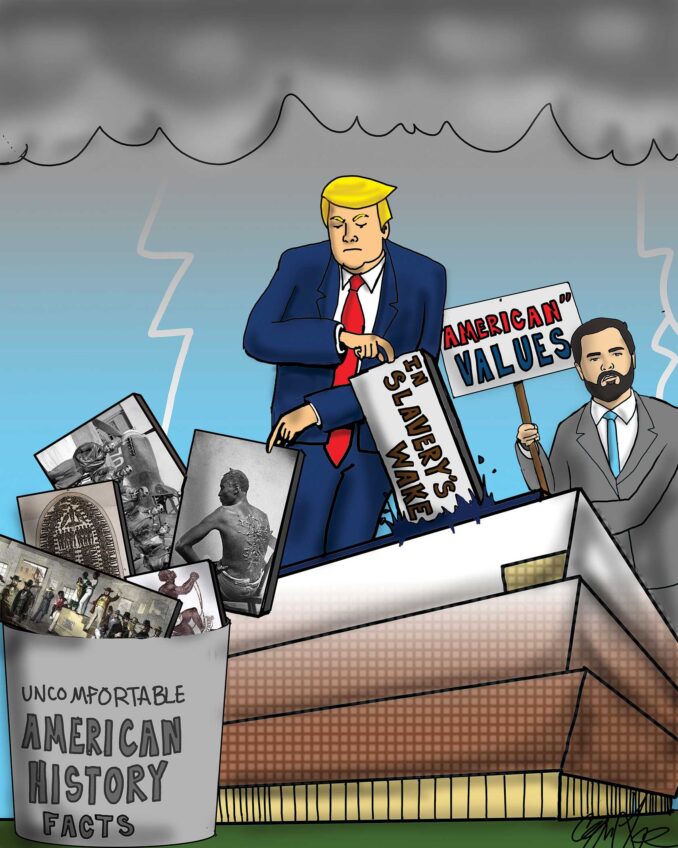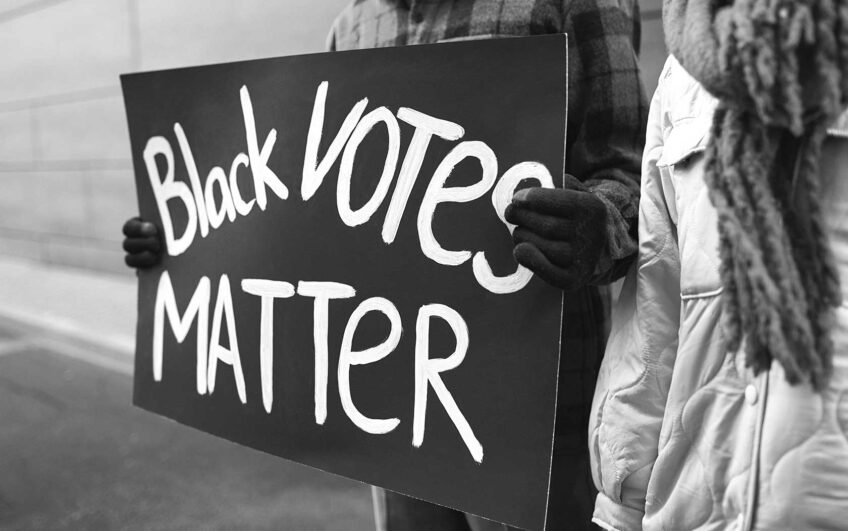We are three Black men with deep roots in Massachusetts. A shared commitment to strengthening our communities has led us to our current leadership roles with Youth Guidance Boston, The Lenny Zakim Fund, and the Massachusetts League of Community Health Centers, respectively. But in the work we do every day, we continue to see the pervasive inequity in our state. Ongoing cycles of underinvestment, discrimination and exclusionary policies have created enormous barriers to opportunity and well-being, particularly for Black communities.
Tearing down these barriers and creating new pathways to economic mobility, physical and emotional health, educational opportunities, and more is the object of our work day in and day out. One critical component of achieving real progress in each of these areas is advancing digital equity.
Digital equity means that every individual and family has equal access to the digital world by virtue of access to high-quality digital devices — computers and tablets — reliable broadband, and the skills to use those digital tools effectively. Today, we remain far from that goal. In Massachusetts, 21% of K-12 students — more than 200,000 individual students — lack an adequate high-speed Internet connection at home, and more than 160,000 students lack access to computers. Black students are disproportionately represented among those who lack access.
Recently, we all sat down with Marvin Venay, chief advocacy officer at Tech Goes Home, to talk about the ramifications of digital inequity in the communities where we work — specifically for Black men — and what access can mean for individuals and entire families. The short answer is: opportunity.
Each of us has firsthand experience engaging with young people, workers, and elders experiencing digital inequity. We’ve also seen the transformative power of providing folks with digital resources — devices and reliable internet, connecting them with training and support, and simply making them aware of the doors that can be opened through the digital world. We’ve worked with young men who, as a result of gaining digital access, have been able to participate in education, entrepreneurship and economic empowerment programs that can change the trajectory of not only their lives, but their families’ lives. We’ve seen folks use a computer and the internet to gain access to culturally competent, affordable health care that was previously out of reach.
The power of digital access to expand opportunity and improve well-being — especially for folks in the Black community — is clear and pressing. As our lives move more and more online, the disproportionate digital barriers facing Black students, workers, and elders threaten to deepen historical inequities in education, economic opportunity, health and more.
In order to reframe the digital equity conversation in Black communities from one of “challenges” to one of “opportunity,” and amplify the positive impact of digital access that we’ve seen in our day-to-day work, we need systemic solutions.
The first priority is to build more inclusive decision-making spaces, where Black students, workers and elders can not only make their voices heard, but can be active, engaged participants throughout the life cycle of identifying digital needs in the community, designing strategies to address those needs, and then implementing those strategies. Only with robust community involvement will we be able to identify the most effective solutions and then ensure that those solutions reach the folks who need them most. People don’t know what they don’t know, and it takes trusted community voices to help them understand the power of digital access and connect them with resources.
And in tandem with those community-driven solutions, intentional investment is key. The digital inequity we see today is largely the result of generations of underinvestment in Black communities — in physical infrastructure, in access to digital devices, and in programming that gives folks the knowledge and skills they need to participate fully. Reversing that legacy requires investment that reflects those disproportionate barriers.
We have all seen the positive power of digital inclusion — what can happen when barriers fall away and folks are able to experience the full range of opportunities afforded by the digital world. Alongside partners like Tech Goes Home, elected officials and community leaders, it’s incumbent upon all of us who really believe in equity to make digital access a reality for every person in our communities.
Shawn Brown is the Executive Director of Youth Guidance Boston. Eric Esteves is a community activist and advocate. Michael Curry is the CEO of the Massachusetts League of Community Health Centers.






